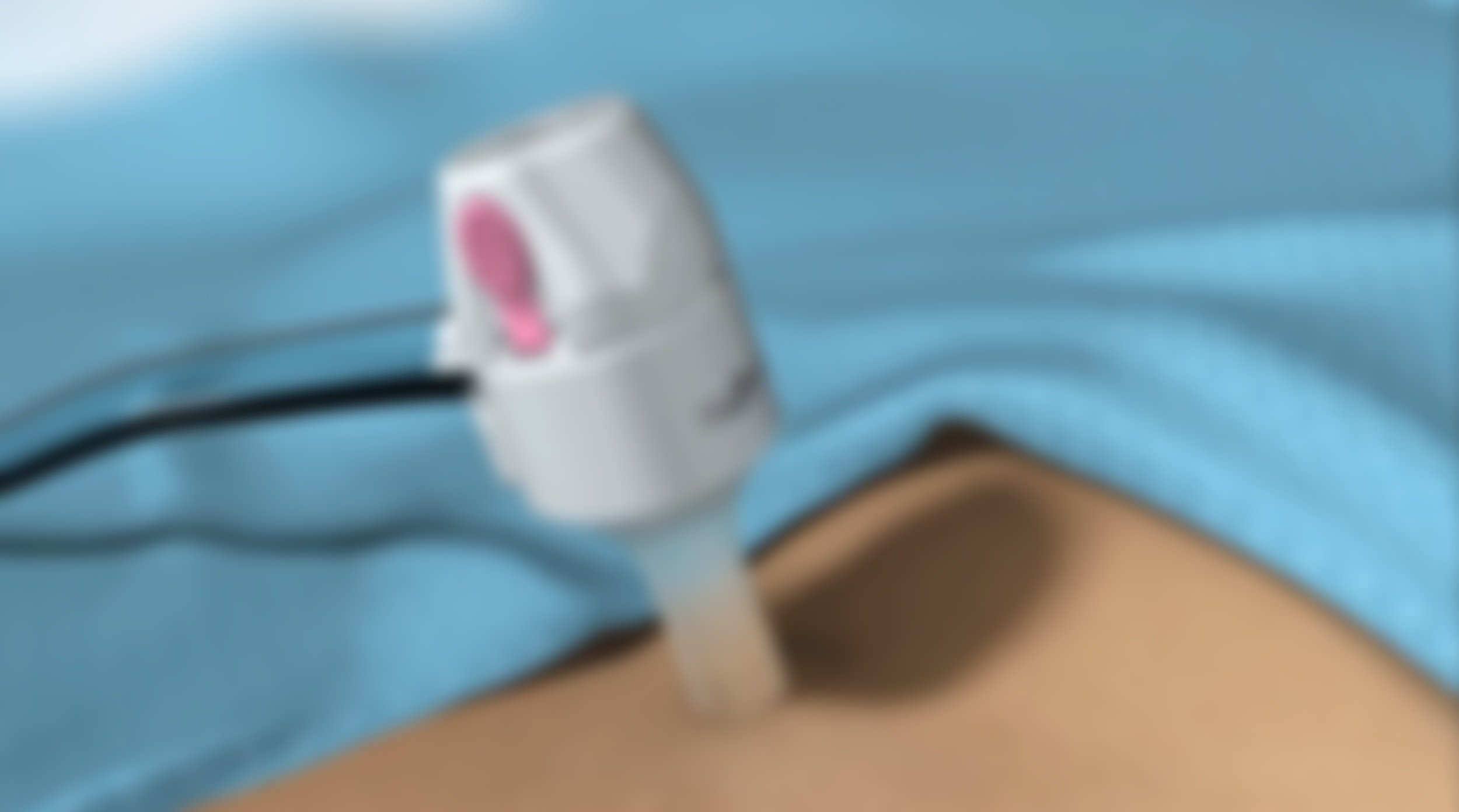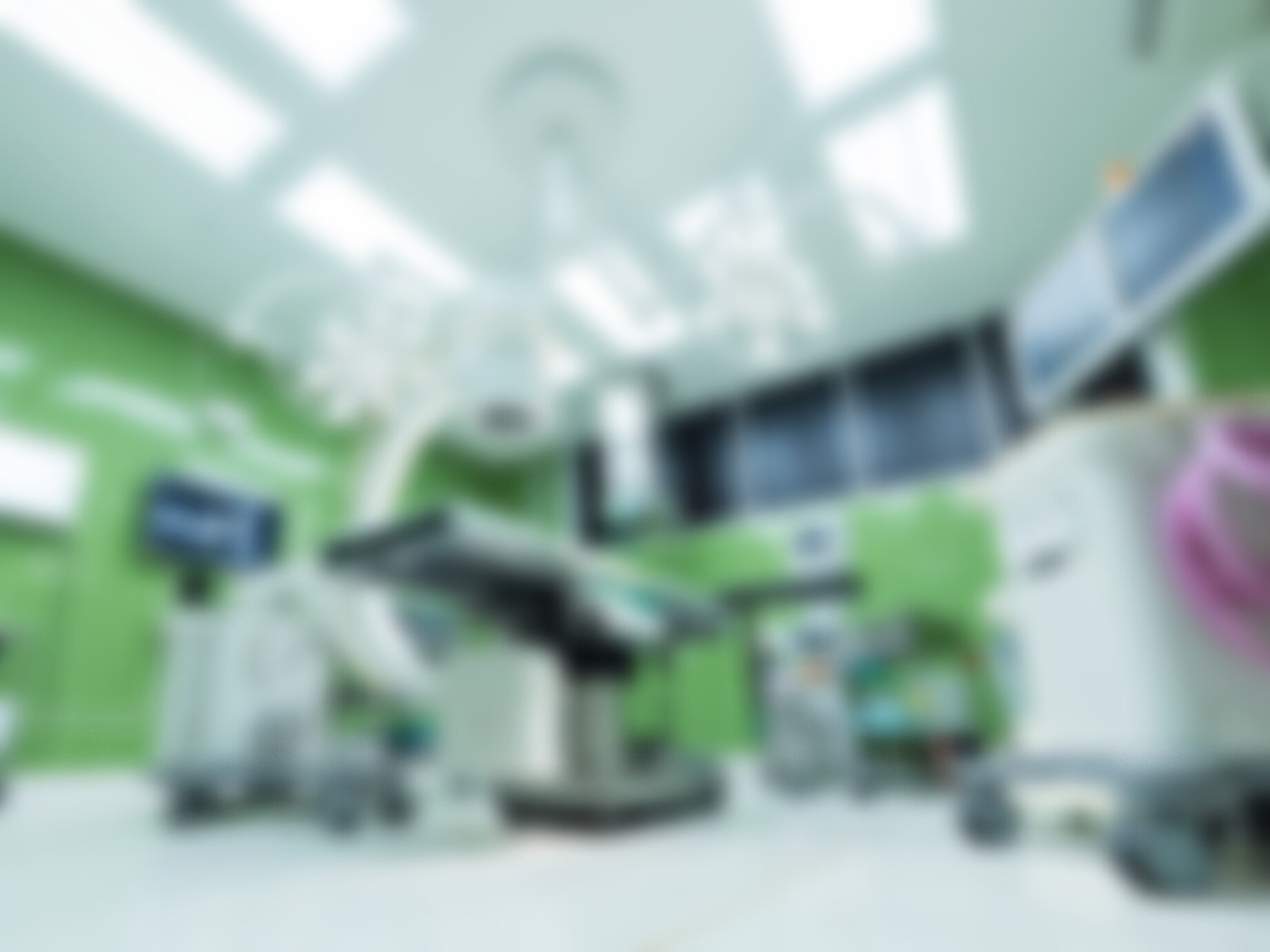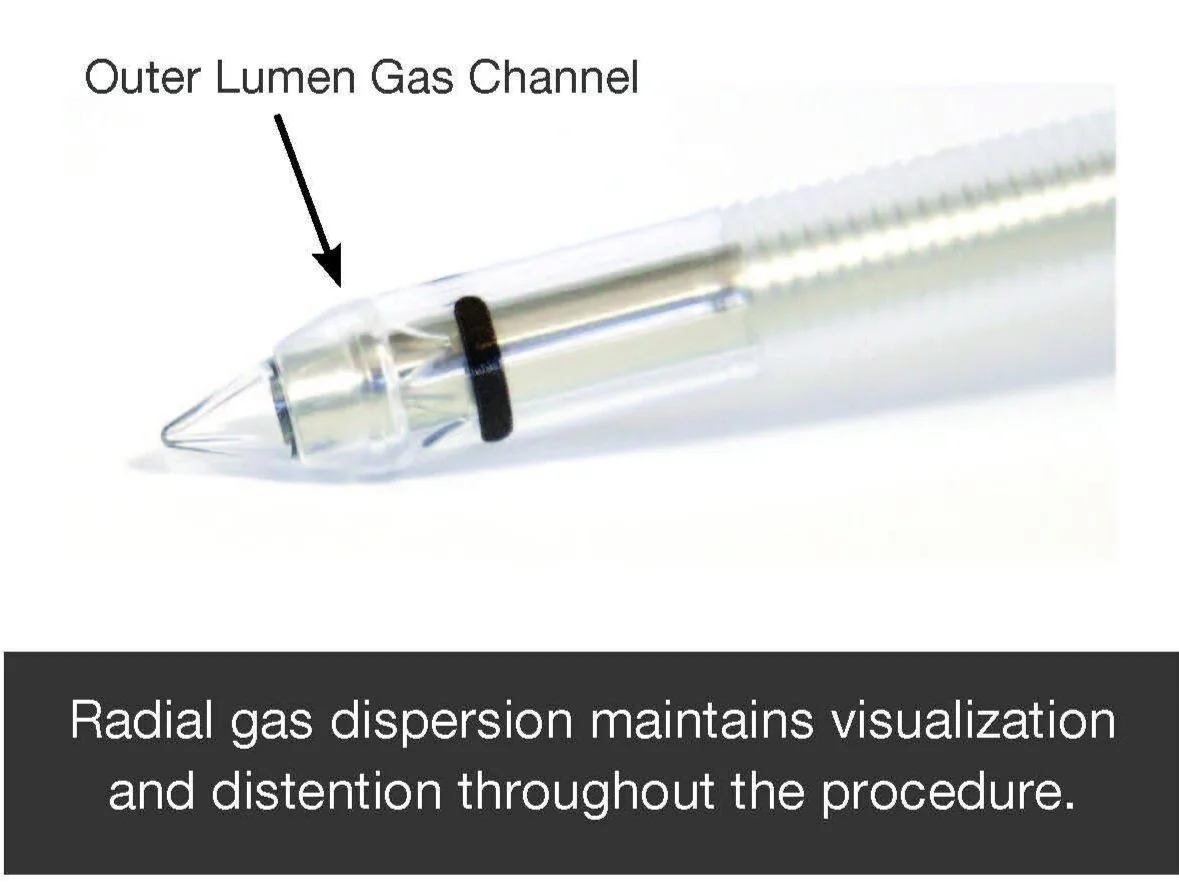
Maintain Pneumoperitoneum And Visualization
InsuflowPort®
Gas Conditioning Tubing and Trocar
The InsuflowPort® design creates a dedicated, separate, unobstructed insufflation gas flow path creating the highest Carbon Dioxide gas delivery flow rates available.
InsuflowPort® provides consistent velocity and pneumoperitoneum, even with an instrument present. Gas flow is separated to an isolated outer channel diverting gas away from the port tip laterally.
The increased rate of gas delivery and radial dispersion along with intra abdominal pressure sensors effectively maintain visualization and abdominal distention throughout the procedure.
Reduces Lens Fogging
Heating and humidifying the Carbon Dioxide for insufflation as it enters the body, dramatically reduces incidence of lens fogging for optimal visualization.
A Stable Platform
InsuflowPort® provides consistent velocity and pneumoperitoneum, even with an instrument present. Gas does not flow through the port scope or instrument lumen. Gas flow is separated to an isolated outer channel diverting gas away from the port tip and delivered laterally.
Delivers 100% Carbon Dioxide
LEXION is committed to using 100% Carbon Dioxide. Other insufflation systems may supplement Carbon Dioxide with added room air. Using air, which includes nitrogen, to supplement pneumo has been shown to be hazardous¹,²,³.
InsuflowPort® Series
The InsuflowPort® is available in multiple sizes customized to your needs:
5mm
8mm
10mm
12mm
All Sizes are available in bariatric length

Try it for yourself.
Huntington, Ciara R., et al. “Safety First: Significant Risk of Air Embolism in Laparoscopic Gasketless Insufflation Systems.” Surgical Endoscopy, vol. 33, no. 12, 2019, pp. 3964–3969., https://doi.org/10.1007/s00464-019-06683-4.
Weenink, R. P., et al. “The AirSeal® Insufflation Device Can Entrain Room Air during Routine Operation.” Techniques in Coloproctology, vol. 24, no. 10, 2020, pp. 1077–1082., https://doi.org/10.1007/s10151-020-02291-w.
Herrmann E, Schaeffer-Reiss C, Venot C, Noll E, Joshi G, Diemunsch P. CO2 pneumoperitoneum contamination with air during laparoscopic surgery: valveless versus conventional insufflation systems. Am Soc Anesthesiol 126:1425–1426








